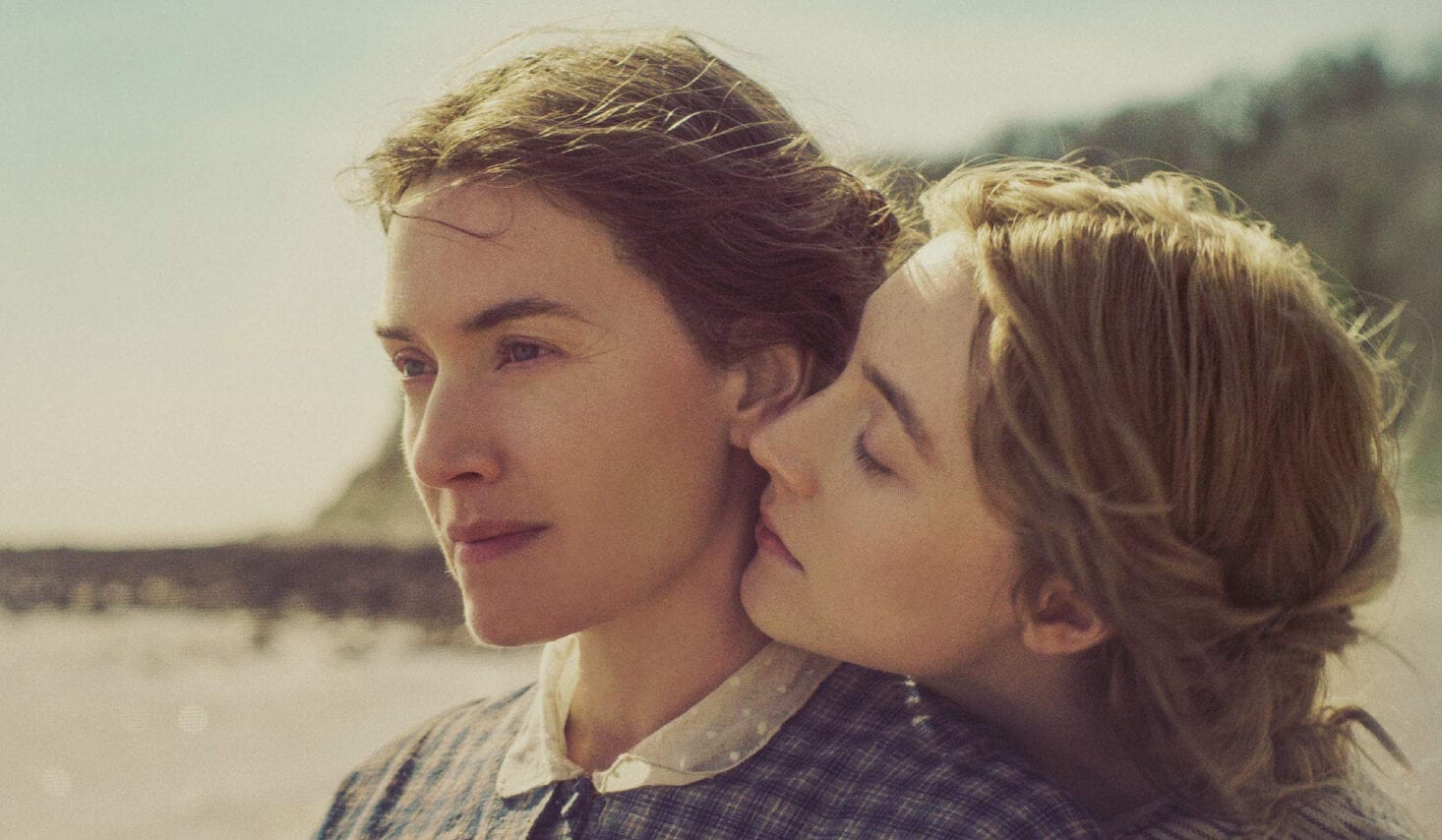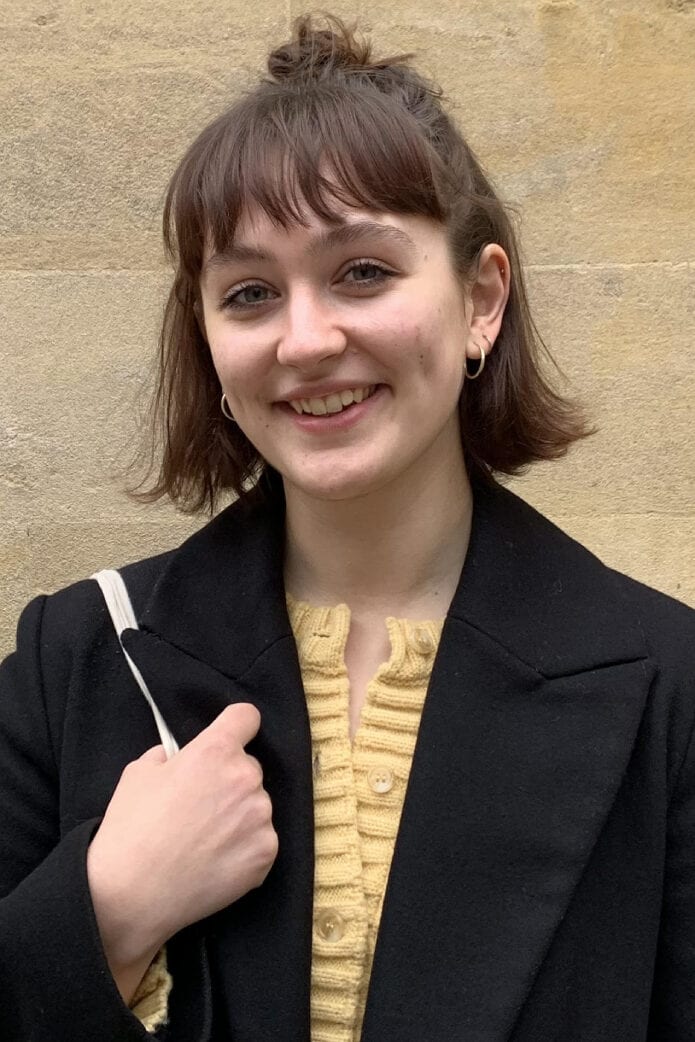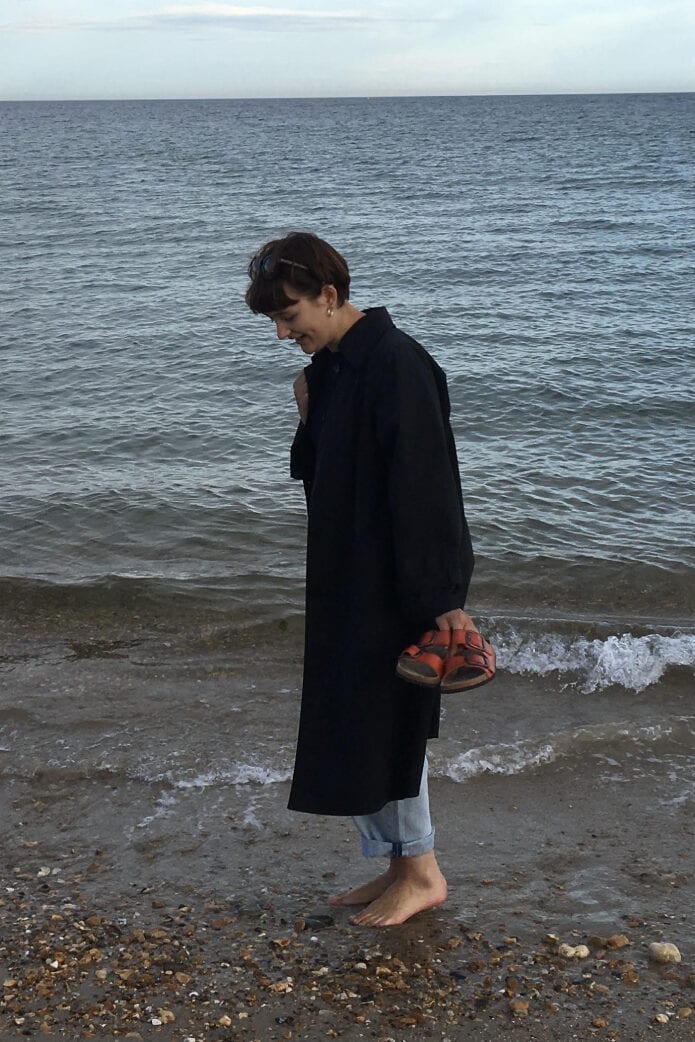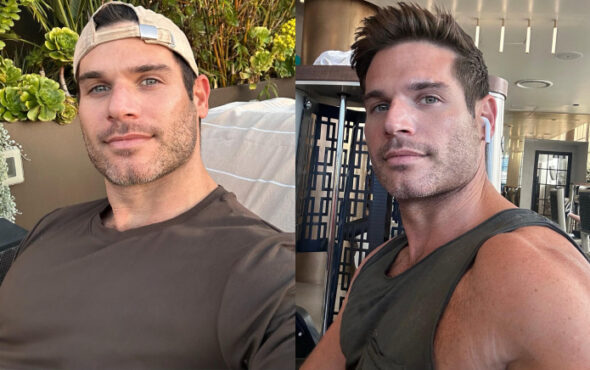
At school, I’m sure I was in Mary Anning House. As the only group inspired by a famous woman at my small town junior school, it felt pretty cool at the time. We heard endless stories about Anning and how she was a talented palaeontologist, working from her tiny shopfront next to the rugged shoreline of the Jurassic coast selling shells and ammonites to tourists. She should’ve lived in London, they said; her pieces were in the Natural History Museum. She should’ve joined a geological or geographical society, but they weren’t open to female members.
As selfish as it is, a part of me is glad that she wasn’t absorbed into the London intellectual scene. This way, she belongs to my part of the world, to Dorset and the rocky shores of its coastline, where I too used to spend hours digging through stones and freezing my toes in the turbulent waves of the grey Lyme Regis seas. She absolutely deserves the recognition she never got, and for her fossils to be rightly labelled with her name, but there is no doubt she loved Dorset, and she gave me a reason to love it too.
When I heard Francis Lee was making a film about Anning’s life, it struck me as important and timely. But, I didn’t understand the impact Ammonite was about to have on me when I sat down to watch it one chilly, Dorset evening after a salty walk on the beach.
I’d seen the interviews and was aware that Lee had “controversially” depicted Anning in a lesbian relationship, despite there being no evidence of such a relationship. But there is no evidence she was straight either, and there are some fairly indicative love letters between her and her close female friends. Historians might say they were roommates: but were they really?
Whatever Anning’s sexuality was, watching a pair of women fall beautifully, painfully in love on the same shores I had dug through and buried my feet into with my hair sticky with sea salt had an impact on me that I still don’t completely understand.
Watching Anning and her lover Charlotte frolic in the sea and share bread by candlelight with muddy fingers and wind-stung cheeks, I couldn’t think about anything else for days. I’d been in that shopfront, I’d paid the £5 to hire a tiny hammer and bucket to dig like Anning for fossils, only ever finding ammonites. I’d squinted at the sign which briefly described Anning’s life and work.


To witness queer history, queer love in a place which had meant so much to me as child was overwhelming. Even though it was set centuries ago, Ammonite is the first representation I can remember seeing of bisexual or lesbian women who are from where I’m from; who’ve swam in the icy seas and dodged the cliff-slides that I have.
Most stories revolving around LGBTQ+ folk tend to be set in cities, where society is deemed more accepting, or set in such rural locations that they have few ties to real places. The BBC’s adaptation of Ann Lister’s diaries was a refreshing break in this trend, giving a reference point and place of pilgrimage to many LGBTQ+ women. But the sheer proximity of Ammonite’s location to my own hometown is unmatched in what I’ve read and seen before.
I hope that one day everyone will be able to tell the story of an LGBTQ+ person’s life or a novel or film that took place near to them. I have always been a passionate wild swimmer, and I long constantly for the sea when I am away living in London. Now when I think of home, I think of all the LGBTQ+ histories that might have existed there too and know it’s not just me.
Even if it is fictional, only partially based on the truth, representation is important. It is life-changing. To see two women following a path not dissimilar to my own, even that long ago, is incredibly powerful.
Representation matters, and that is why I now volunteer to speak in secondary schools about being LGBTQ+ with charity Just Like Us – to share my story like Lee has with Anning’s to inspire the next generation of LGBTQ+ young people.
Being LGBTQ+ is beautiful, powerful and magical. Inclusive education, be it from the big screen or Just Like Us’ school talks, shows young people that being LGBTQ+ is not something to be ashamed of, it is not new or a passing trend. LGBTQ+ people have always existed, maybe even down the road from the tiny rural town where you grew up.
For more information about Just Like Us and their incredible work supporting LGBTQ+ youth, visit their website.



